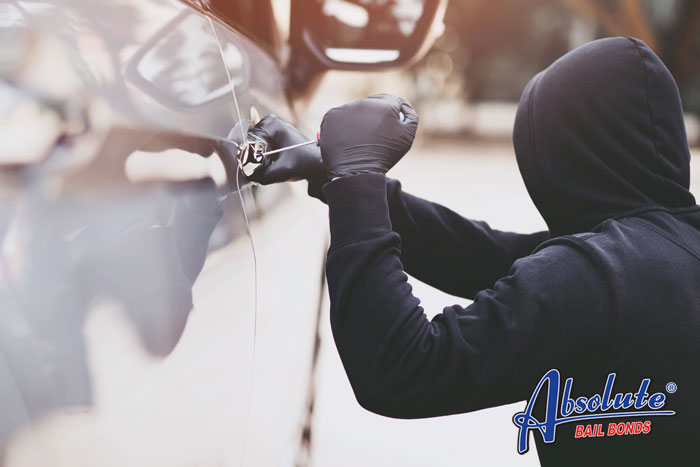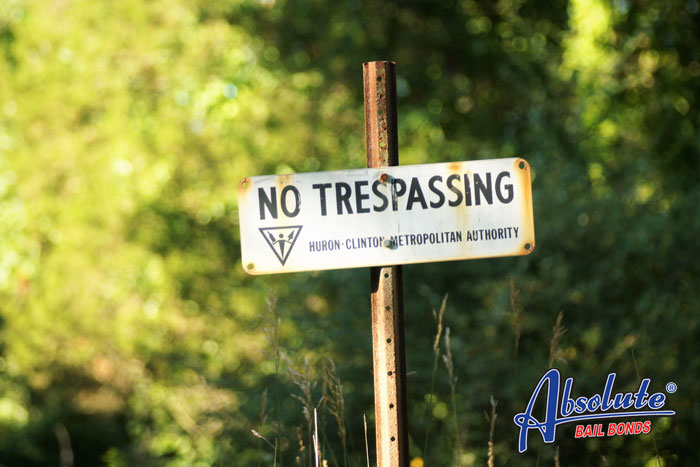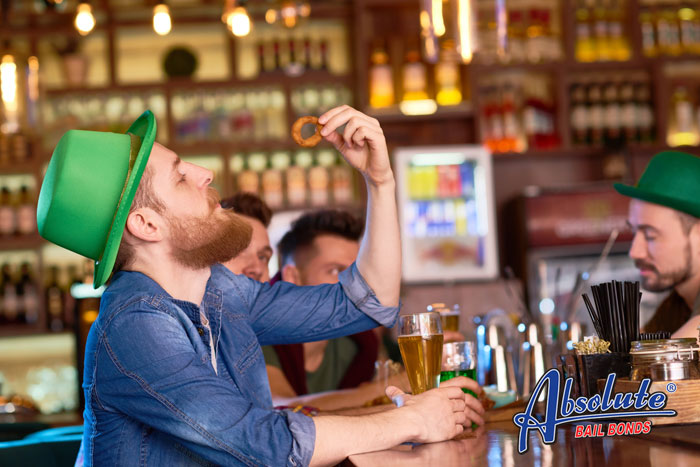
California Cities Where Your Car is Most Likely to be Stolen
Car thefts have become an increasingly big headache for police departments across the United States. Shortly after the pandemic started in 2020, law enforcement agencies throughout the United States noticed they were responding to more stolen vehicle reports than they had in past years.
“Auto thefts saw a dramatic increase in 2020 versus 2019 in part due to the pandemic, and economic downturn, law enforcement realignment, depleted social and schooling programs, and, in still too many cases, owner complacency,” David Glawe, president and CEO of the NICB, stated in a Forbes interview.
Many of the stolen vehicles were taken directly from the owner’s regular parking space and since many of the drivers had little use for their vehicle while things were shut down, it sometimes took before they discovered that their vehicle was no longer where they’d left it. The National Insurance Crime Bureau (NCIB) reported that 10.9% more cars were stolen in 2020 than in 2019. Throughout the United States, 880,595 vehicles were reported stolen during 2020.
While auto thefts skyrocketed throughout the United States, California was hit the hardest. They led the nation in pandemic car theft. Throughout 2020, reported that 905.41 vehicles were stolen for every 100,000 of the state’s residents.
While no part of California is completely free of car thefts, there are some cities where you’re car is at an increased risk of theft.
Commerce, CA
At first glance, Commerce seems like a sunny, cheerful town in L.A. County, but dig just a little deeper and you discover that not only does Commerce have more car thefts than any other California city, but that it also has the highest overall crime rate. The average crime rate for Commerce, CA is 244 percent higher than other, similarly-sized cities. Many of these crimes involve car theft. In Commerce, the car theft rate is 2,742 thefts for every 100,000 Commerce residents.
Oakland, California
The city of Oakland is nestled up to San Francisco. Considering the city has a reputation for violence and gang-related crime, it shouldn’t come as a surprise to learn that Oakland has a crime rate that’s a whopping 121 percent higher than California’s average. It also shouldn’t come as a surprise that car theft is a huge problem in Oakland. The issue of car thefts in Oakland recently gained some media attention after a man who was attempting to halt some car thieves was fatally shot
San Pablo, California
Many residents of San Pablo struggle to make ends meet. They also struggle to prevent their vehicles from getting stolen. Car thefts in San Pablo are particularly common near the local Contra Costa College and the local casino.
What steps do you take to keep your car safe when you’re visiting one of these three California cities?

Consequences Of Aggravated Trespass in California
Most people don’t know that there’s such a thing as aggravated trespass in California until they see it’s one of the criminal charges they’re facing. Aggravated felony trespass is addressed in Penal Code 601 PC. The fact that you’re facing an aggravated trespass charge indicates the police have gathered evidence that suggests you threatened to physically injure someone and used the threat to gain entrance to their home/workplace/etc. without them granting permission. It should come as no surprise to learn that aggravated trespass is far more serious than a standard trespassing charge.
It’s important to note that sometimes the threat of physical harm and the actual trespassing act don’t always have to happen at the same time for a charge of aggravated trespassing to be filed against you. If you have threatened violence within 30 days of the trespassing act, aggravated will be added to the charges. An example of this is threatening to attack an ex and then having a knife/hammer/bat/gun on hand when you unlawfully trespass on your ex’s property a week later.
Given how serious aggravated trespassing sounds, many people are surprised to learn that it is one of California’s wobbler offenses. That means it can be handled as a misdemeanor or a felony. Generally, the exact circumstances of the threat and the accused’s conduct while they were trespassing determines if they face misdemeanor or felony charges.
A person convicted of misdemeanor aggravated trespass could be sentenced to as much as one year in a county jail and/or misdemeanor probation. For a felony conviction, the maximum sentence is three years in a county jail and/or felony probation. It’s worth noting that the felony conviction could negatively impact your right to own a gun in California.
While an aggravated trespassing charge seems grim, some defenses can be effectively used.
The first defense is that the accused owns the property or works on the property where they allegedly trespassed. It’s impossible to trespass on a property that’s legally your own. The law about trespassing/ownership/property rights does get confused if the property is being leased by someone else.
Another defense that’s been successfully used in aggravated trespassing cases is that no credible threat was made. In these cases, the burden of proof rests on the prosecution’s shoulders. If they can’t prove that there was a credible threat, the charges will be reduced to standard trespassing.
There is a time limit connected to aggravated trespassing charges. California law dictates that the threat and the trespassing act must happen within 30 days of each other.

Be Smart. Don’t Drink and Drive on St. Patrick’s Day
Many people spend the entire year looking forward to St. Patrick’s Day. The holiday is a huge deal in some locations, particularly those that have a large Irish American population.
The great thing about St. Patrick’s Day is that the holiday is basically a 24-hour party. Many bars and restaurants run all sorts of special. Many cities host parades. Sports teams often wear special uniforms and have an assortment of events planned for the holidays.
It’s also a day when many people are arrested for drunk driving. Nothing ruins an otherwise fun day as getting arrested because you made the mistake of sliding behind the wheel after you’ve had to
much to drink on St. Patrick’s Day.
The police and court officials don’t care that you simply wanted to have a good time on St. Patrick’s Day. Their main concern is keeping California’s residents safe from drunk drivers.
Getting arrested for drunk driving on St. Patrick’s Day will ruin your immediate future. The judge won’t go lightly on you because you wanted to have a good time and celebrate a saint. If it’s the first time you’ve ever been convicted of drunk driving in California
If you’re convicted of DUI for a St. Patrick’s Day incident you will be charged with a misdemeanor and could spend up to 6 months in a county jail and be ordered to pay a $390-$1000 fine.
The sentencing for subsequent DUIs becomes increasingly more severe. If someone is injured as a result of you driving while intoxicated, you will face additional charges and also likely be named as the defendant in a civil lawsuit.
The best way to avoid being arrested for a DUI on St. Patrick’s Day is making sure you have a designated driver or calling a taxi/rideshare.
What you shouldn’t plan on doing is sleeping it off in your car. While this may seem like a perfectly good idea, if you’re spotted getting into your car after you’ve had too much to drink, there’s a chance an officer will decide that you intended to drive and arrest you. While a conviction for the intent to drive while intoxicated isn’t nearly as serious as an actual DUI, it’s still intense. The rule of thumb for an intent to drive drunk conviction is that the sentence is half of what you would get if you were charged with an actual DUI. So instead of serving 6 months in jail, the judge could sentence you to three months and/or charge you a $195-$500 fine.

Laws About Hitting a Pedestrian in California
California has a reputation as being a great place for pedestrians. The weather makes it possible for pedestrians to walk year-round and the state has done a wonderful job of creating places where pedestrians can stroll without encountering traffic. While pedestrians are invited to enjoy the benefits of walking, it’s important to understand that if you decide to stroll, there’s a chance you could be hit by a car. It’s equally important to understand that the odds of you having a pedestrian-car incident have increased in recent years.
Studies indicate that life for pedestrians is becoming increasingly dangerous. The Governors Highway Safety Association recently gathered data that indicated that the number of pedestrian deaths in the United States increased by 35 percent between 2009 and 2017. According to Triple-A, things are getting worse. The organization reported that from 2010 to 2019 pedestrian deaths increased by 46%.
It doesn’t appear that there is one particular reason pedestrian deaths have risen so much. Some feel that the fact that drivers are getting older could play a role. Another issue is the fact that drivers continue to ignore warnings about using cell phones while driving. It’s worth noting that not all pedestrian/car incidents that involve phones aren’t because the driver was using their phone. In 2010, an estimated 78,000 pedestrian injuries were the direct result of the pedestrian using their phone and not paying attention to their surroundings.
If you drive in California, you have a responsibility to look out for pedestrians. It’s an aspect of being a good defensive driver. Since California has a reputation for being such a great pedestrian state, you must assume that you’ll see a few people walking whenever you drive.
When you do see people walking, automatically check how you’re driving. The last thing you need is to be accused of reckless driving that resulted in you striking a pedestrian. It doesn’t matter if you fail to yield, are speeding, or are distracted, if you strike a pedestrian with your vehicle and there’s proof that you’re at fault, you could face steep fines, jail time, and civil lawsuits.
When you see a pedestrian walking, particularly if they are using their phone, give them as wide a berth as possible. Don’t automatically assume that they will stop at crosswalks, pay attention to no crossing signs, or that they won’t suddenly veer off the sidewalk.



